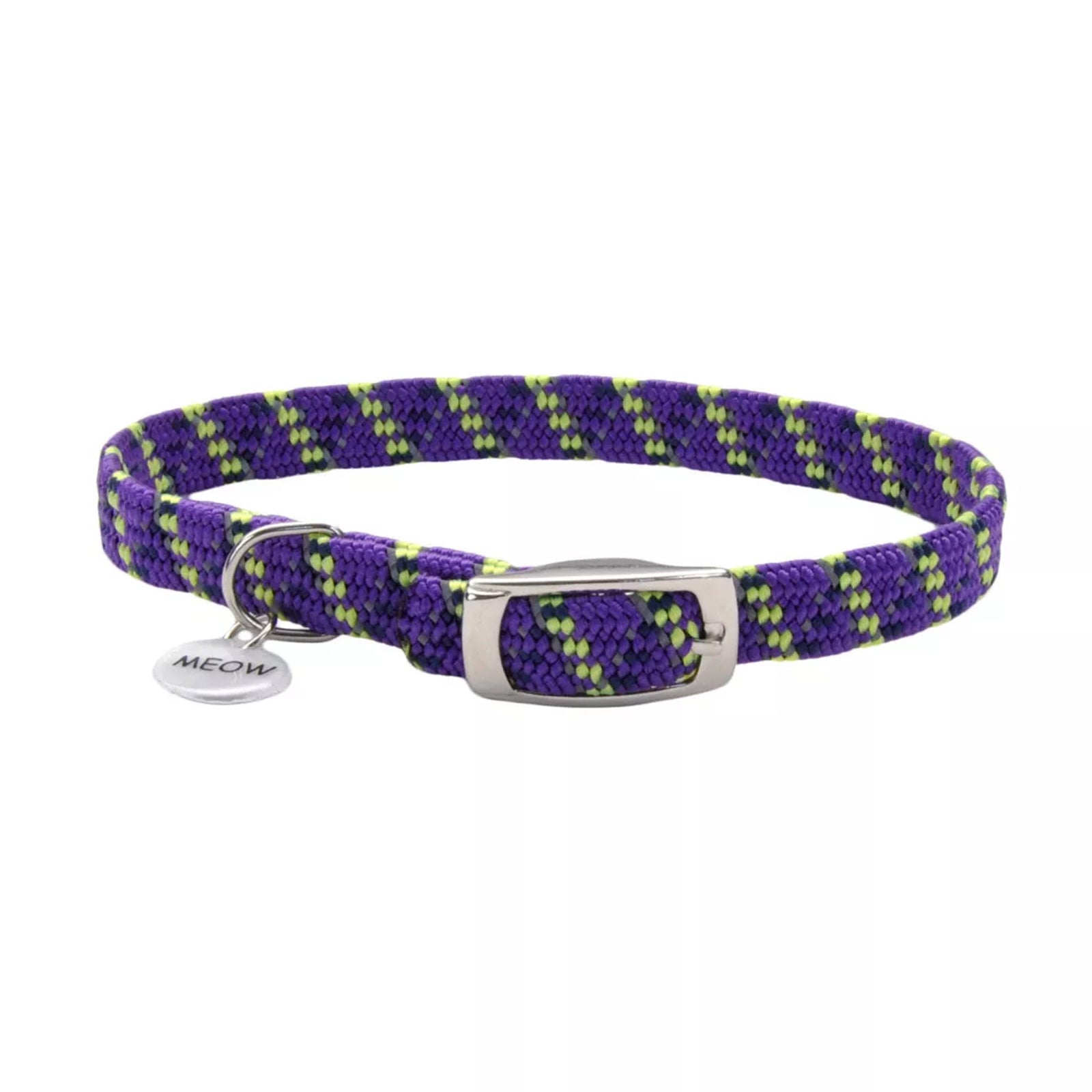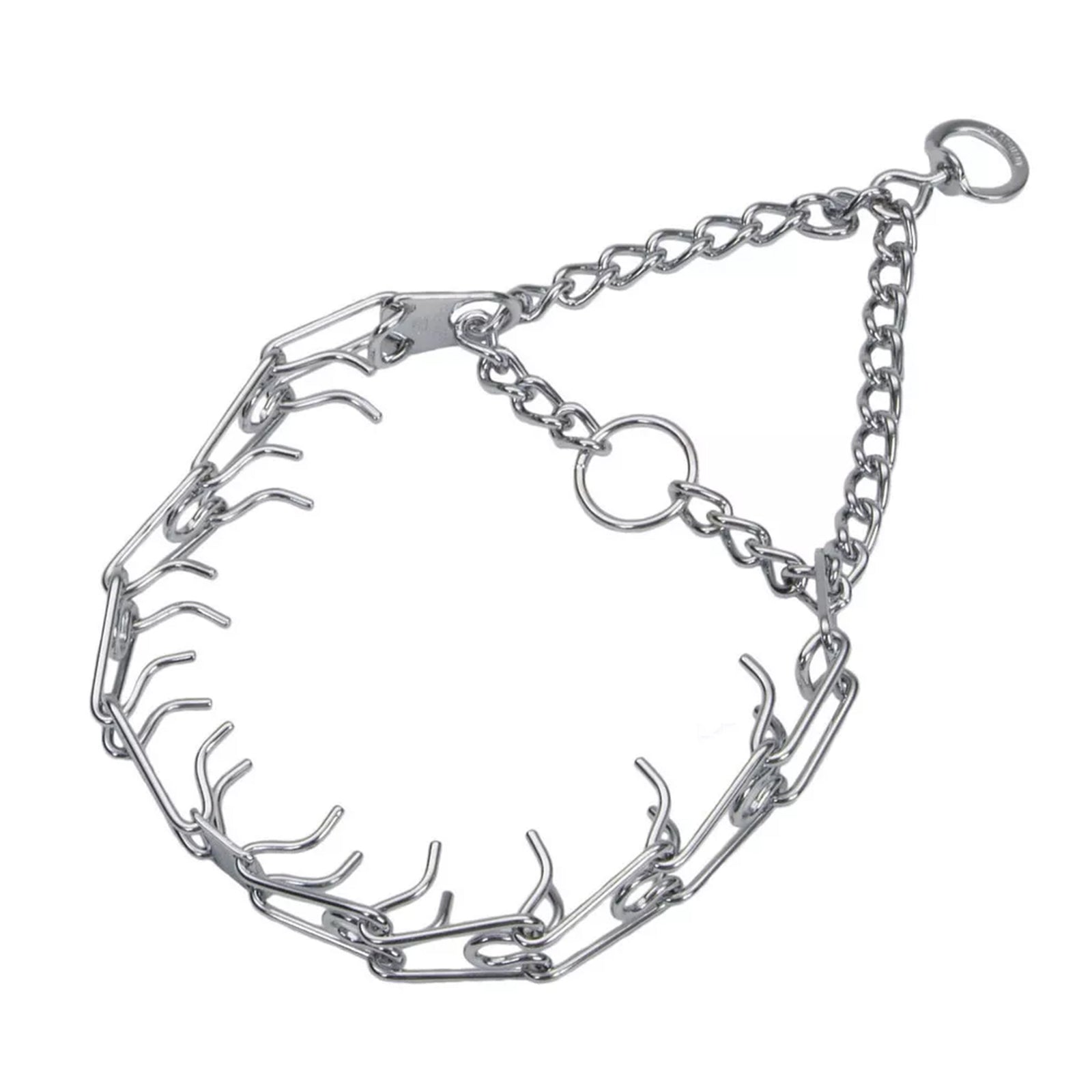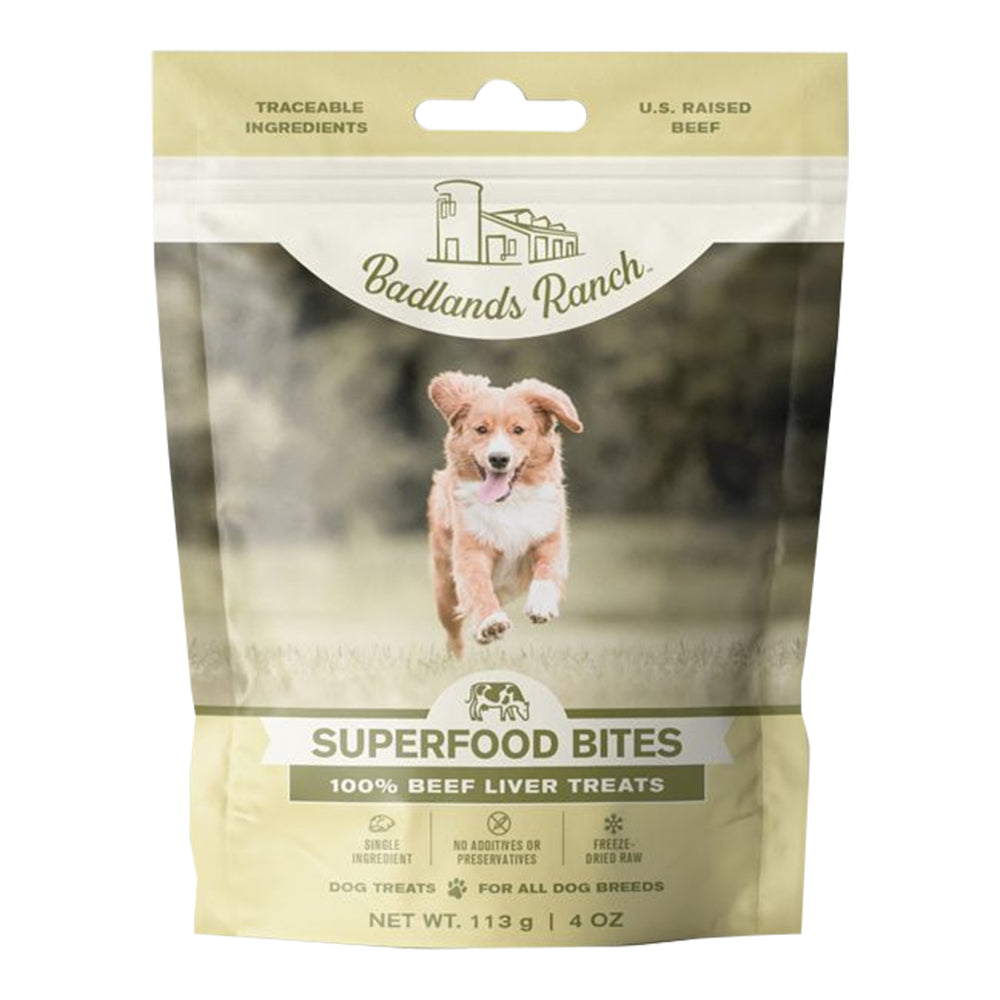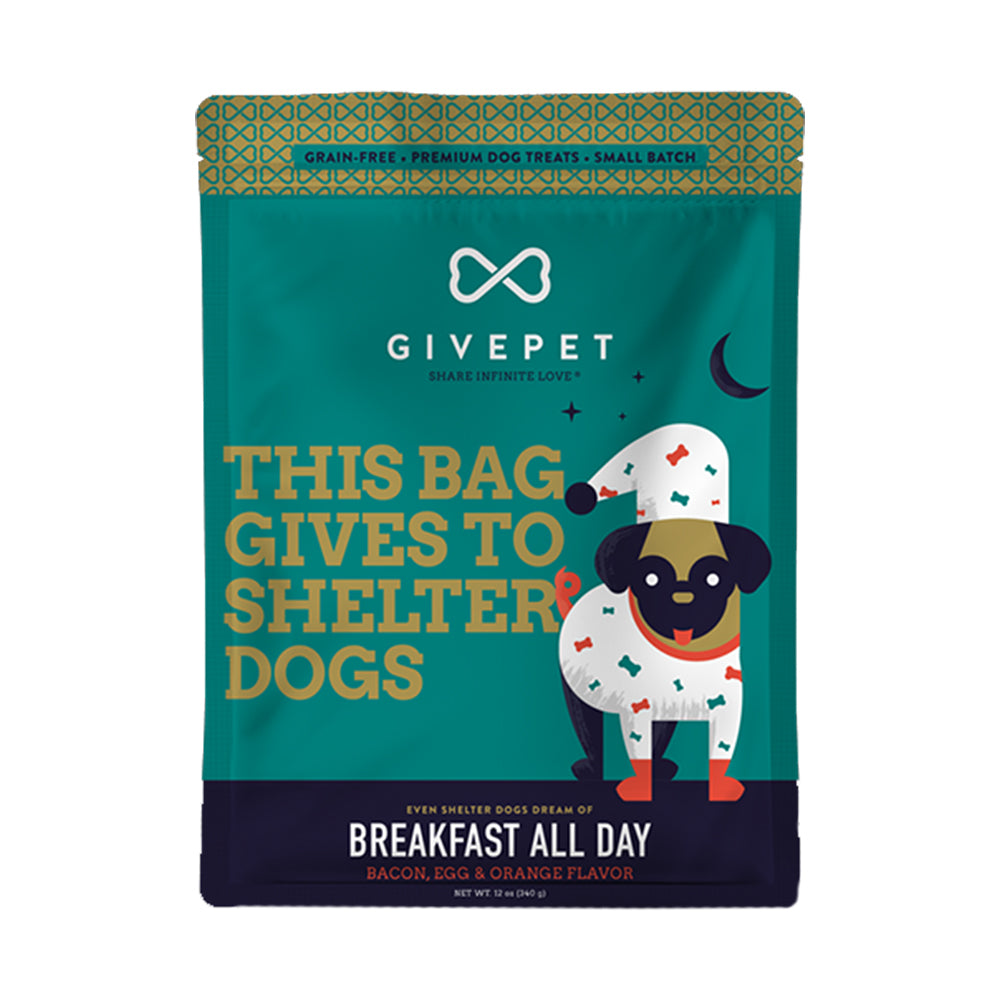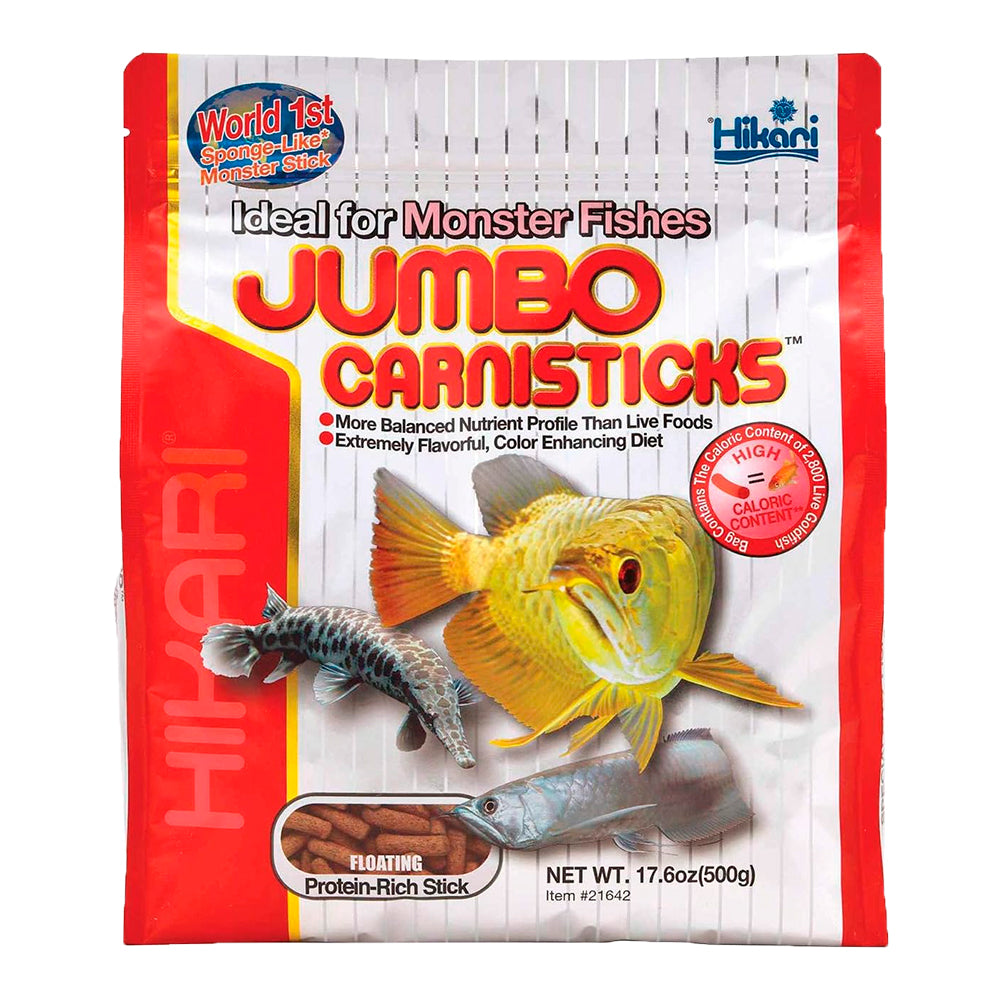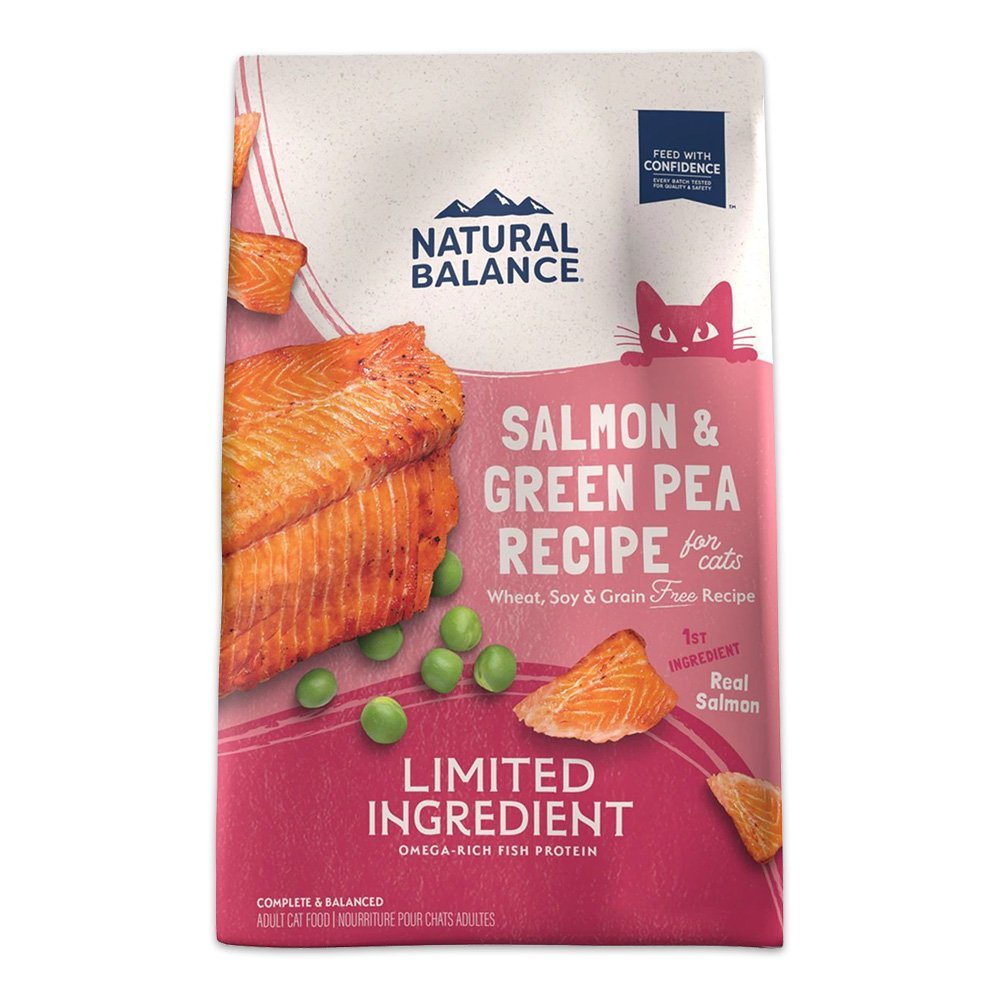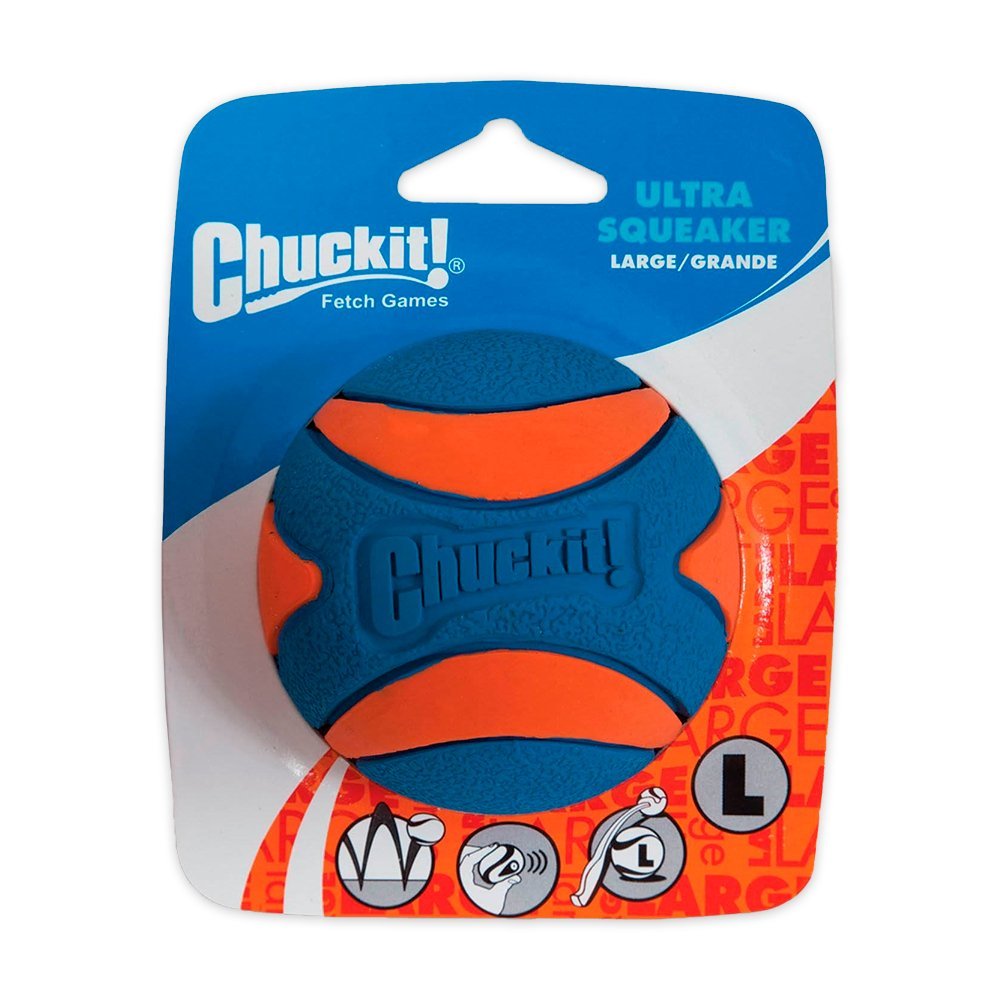We know you’ve stared at your cat while they nap and thought, "How long will I get to enjoy this furry little weirdo?" You’re not the only one doing that. As cat parents, we create a soft spot for our fur buddies. And once they start staying with us, we want them to be with us always. That's why so many of us ask: how long do indoor cats live?
The good news is that indoor cats often survive a good number of living years. No, there's no specific number set for them. However, the difference between the lifespan of indoor and outdoor cats is quite visible.
Read through the blog to know the average lifespan of indoor cats and what factors influence their longevity. Also, you will get to know the reason behind their longer life than their outdoor peers.
Average Lifespan of Indoor Cats
Let’s get to the most important information. On average, indoor cats live between 12 to 18 years. However, many surpass that range. Some well-cared-for indoor cats have been known to live till their early 20s. That’s a long time of head-butts, early morning wake-up meows, and cuddles.
Compared to outdoor cats, they have an average lifespan between 5 to 7 years. The difference is startling. The controlled environment, safe surroundings, and consistent care are the reasons.
Why Indoor Cats Live Longer?

Indoor cats do not have any super strength(though they certainly act like it). The reasons they tend to live longer are rooted in simple logic and consistent care. Here's why your house cat has the capacity to have a long lifespan:
- A lesser amount of Accidents: There are no chances of cars, no predators, and no falling off fences inside the home.
- Reduced Disease Exposure: They avoid contagious feline diseases.
- Stable Nutrition: You control what they eat. Also, you know how often they have it, and what kind of treats they crave for.
- Consistent Vet Care: You’re more likely to notice changes in their behavior. So, you can get them checked immediately.
- No Parasites: Fleas, ticks, and worms are found less inside the house.
- Less Stress: They’re not constantly going through the stress of hunting for food.
These protective layers make indoor life far more conducive to longevity.
Factors That Influence an Indoor Cat’s Lifespan
Being indoors certainly helps, no doubt. However, it’s not a guarantee. Just like other beings, a cat's lifespan can be influenced by various factors:
1. Breed
Certain breeds are born with the advantage of a long life. Siamese, Ragdolls, Russian Blues, and Maine Coons are among the best cat breeds for indoor living. They have longer-than-average lifespans. These breeds also get adapted pretty well to a cozy indoor lifestyle.
2. Genetics
Some cats are born with hearty genes. However, others may have hereditary issues. A good breeder or rescue organization will usually inform you of all things. They will let you know about any known health risks.
3. Diet
For any kind of being on earth, nutrition matters a lot. Cats need a balanced diet rich in all categories of nutrients. Feeding them top-notch food and keeping an eye on weight gain helps them thrive.
4. Exercise
Yes. Even your lazy nap king needs to move. Playtime keeps joints healthy. Also, it prevents obesity and sharpens their mind.
5. Healthcare
Timely vet visits, vaccinations, and dental cleanings keep the cat's health care in check. Many age-related conditions can be managed effectively with early intervention.
6. Mental Enrichment
Cats can get bored and depressed too. Climbing trees, toys, window perches keep your kitty’s brain sharp and happy.
7. Spaying and Neutering
Fixed cats are less prone to risky behaviors like roaming.
8. Indoor Safety
What creates a hazard-free playground?
- Secure windows
- No exposed wires
- Non-toxic plants
- Safe furniture
How to Help Your Indoor Cat Live Longer
Here are some ways you can be the best cat parent ever! If you want your feline friend to live their fullest, fluffiest life, here are 10 things you can do:
1. Feed Quality Food
Avoid low-grade kibble full of fillers. Choose high-protein, low-carb food with real meat as the main ingredient. Brands that prioritize cat health care over marketing hype are your best bet.
CANIDAE PURE Goodness for Indoor Cats Dry Food
-
Made with real whitefish as the first ingredient.
-
This product is a limited ingredient formula. So, it works amazingly for sensitive stomachs.
-
Grain-free recipes support good gut and cat health care.
-
Only for indoor cats to give them a healthy lifestyle.
-
Includes a lot of important nutrients for overall wellness.
-
Zero amount of fake flavors to give the original taste.
AvoDerm Natural Indoor Formula Adult Dry Cat Food
-
Inclusion of real chicken and herring meal for top-notch protein.
-
Infused with California avocados
-
Made specifically for indoor cats to help maintain a weight that’s appropriate.
-
Promotes good skin with natural oils and vitamins.
-
0% of corn, wheat, soy, or fake colors.
Nutro Wholesome Essentials Indoor Adult Dry Cat Food
-
Farm-raised chicken is the #1 ingredient
-
Designed to help manage weight in indoor cats. This is possible because of fewer calories.
-
Contains natural fiber for keeping a top-notch gut health.
- Made with non-GMO ingredients
-
Zero amount of fake preservatives, colors, or flavors.
2. Encourage Hydration
Cats aren't great water drinkers. Consider buying a pet fountain. Many cats love drinking moving water. Also, wet cat food can supplement their moisture intake.
3. Maintain a Routine
Cats love to keep a routine. Therefore,
- Feed them at the same time
- Scoop the litter regularly
- Give them a cozy bedtime.
4. Schedule Vet Visits
Annual checkups are a must. Bloodwork and weight assessments help catch problems early. Also, cat dental treats can help your furball a lot.
5. Brush Their Teeth
Dental health isn’t just about fresh breath. Gum disease can lead to heart and kidney issues. Get your cat used to brushing or try dental treats and rinses.
6. Keep Them Mentally Stimulated
Best cat supplies, such as interactive toys, food puzzles, and daily play sessions, prevent boredom. Rotate toys weekly to keep things interesting.
7. Keep the Litter Box Clean
A dirty box can cause stress and even urinary problems. Scoop daily and clean weekly. There are a variety of litter boxes you can choose from:
|
Product |
Design & Features |
Image |
Best For |
Material |
Additional Notes |
|
Innovative design with high sides to lessen litter mess |
|
Cats prefer open spaces; budget-friendly option |
Durable plastic |
Simple and practical design |
|
|
Enclosed dome design for privacy; includes charcoal filter for odor control; raised entrance minimizes litter tracking |
|
Cats needing privacy; households aiming for odor control |
Non-stick plastic |
Sleek, latest appearance; no stress in cleaning |
|
|
Open-top with low, rimmed sides; |
|
Cats preferring open spaces; easy access for kittens or senior cats |
Eco-friendly plastic |
Light to carry and easy to move |
|
|
Disposable, leak-proof design; ; can be used standalone or as a liner |
|
Travel, temporary use, or easy cleanup |
Recycled paper |
Contains baking soda for odor control; breathable material reduces moisture |
8. Create Vertical Space
Cats love to climb. Cat trees, shelves, and perches mimic their natural environment and give them exercise.
9. Watch for Subtle Changes
Is your cat hiding more? Eating less? Grooming differently? Small changes can signal big problems. Stay observant and give them the best cat supplies.
10. Spoil Them with Love
Never underestimate the power of love and comfort. A secure, affectionate environment contributes to a cat’s emotional well-being. This, in turn, supports their physical health.
Best Indoor Cat Breeds and Low-Maintenance Companions
Are you thinking of adopting a cat and want one suited for indoor living? These best indoor cat breeds shine in this regard.
- Ragdoll: Gentle giants who just melt in your arms. Super affectionate.
- British Shorthair: Plush, chill, and independent.
- Russian Blue: Elegant, quiet, and loyal.
- Persian: Calm and royal, though they do require regular grooming.
- American Shorthair: Classic low maintenance indoor cat breeds with good health and even temperaments.
These best indoor cat breeds not only live long but also purrfectly get along with the family members.
Indoor vs. Outdoor Cat Lifespan Comparison
|
Feature |
Indoor Cats |
Outdoor Cats |
|
Average Lifespan |
12–18 years |
5–7 years |
|
Risk of Disease |
Low |
High |
|
Accident Risk |
Minimal |
High (traffic, predators) |
|
Vet Care |
Consistent |
Irregular |
|
Overall Health |
Better controlled |
Unpredictable |
Conclusion
So, how long do indoor cats live? The answer: much longer than outdoor cats. And how do you do that? By feeding well, keeping them active with the best cat supplies, and providing regular healthcare. These are all the things you’re setting your cat up for a long, love-filled life.
Indoor life doesn’t mean a boring one. It can be rich, stimulating, and safe.
So go ahead,
- Buy that extra cat bed
- Toss another toy mouse across the floor
- Cherish every moment.
You have brought the cute pet to your home. So, you're the biggest factor in how long and how happily they live.





